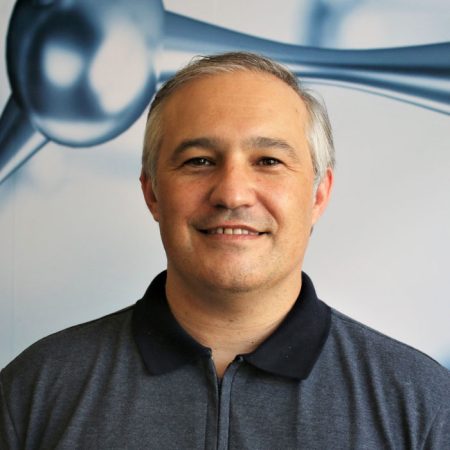Flavio L Souza é professor da Universidade Federal do ABC, onde coordena o Laboratório de Energia Alternativa e Nanomateriais (LEAN/CCNH-UFABC). Graduou-se em física pela Universidade Federal de São Carlos (2001), Mestrado (2003) e doutorado (2006) em Ciência e Engenharia dos Materiais também pela Universidade Federal de São Carlos. Estágio no Instituto Leibniz de Novos Materiais Saarbruecken / Alemanha (2005-2006) durante o doutorado. Atuou como pesquisador junto à Braskem S/A Poliolifinas, Nanotecnologia – (2006-2007). Pós-doutorado no departamento de Química da Universidade Federal de São Carlos (2007-2009) e na Universidade Federal do ABC, vinculado ao Centro de Ciências Naturais e Humanas (04/2009-10/2009). Pesquisador visitante no departamento de Química/Ciência dos Materiais na Universidade da Califórnia, Davis-USA (2016-2017). Os seus interesses atuais em pesquisa incluem: síntese de nanoestruturas para aplicação em dispositivos fotoeletroquímicos, polieletrólitos condutores de íons, dispositivos eletrocrômicos e caracterização de nanoestruturas utilizando a técnica de espectroscopia de impedância.
Grupo LEAN http://pesquisa.ufabc.edu.br/lean/
LEAN Fanpage facebook: https://www.facebook.com/LEANUFABC/
Desculpe, nenhuma publicação.






